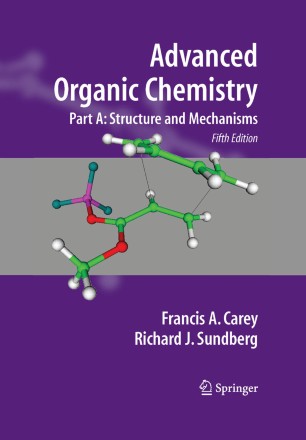GRB Elementary Problems in Organic Chemistry for NEET, AIIMS, JIPMER & All other Exams
Every year lacks of students test their highly pressurized mind through solving skills. Some minds get over the pressure not the case for every student. These are those minds who need to train hard against the warriors who are already trained through years of childhood. These are those students to whom these book will not only be beneficial but is essentially required.
NOTE:
I know how these entrance exam has been converted into business. The society has changed now. The one who crack only got to show their scars. But that is not the true.
Be the change for your society. Be courageous to show your scar. Be ready to give it an attempt.
The love rest along the family but friends are not less than a gem. Prepare together. No top rankers count in college life instead be a ranker(though not higher rank).
All JEE Main colleges are above the private colleges. Because these have students who have done similar mistakes in JEE.
Any Queries, feel free to comment. Because many of you may regret it later.
Don’t be, instead be happy
ORGANIC CHEMISTRY HIMANSHU PANDEY PDF -CREATIVEKEEDA
GRB Elementary Problems in Organic Chemistry for NEET, AIIMS, JIPMER & All other Exams Every year lacks of students test...













